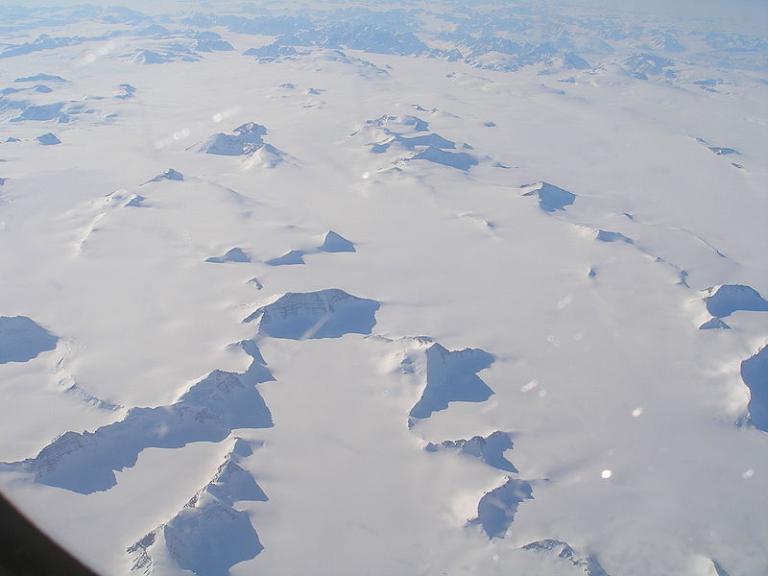
I’ve begun to publish a short series of notes extracted from an article written by a longtime friend of mine, the Latter-day Saint geologist Dr. Bart Kowallis, about the natural catastrophe described in the Book of Mormon as occurring in the New World around the time of the death of Christ in the Old World.
“Geology and Third Nephi (1): The Time of Darkness (A)”
“Geology and Third Nephi (2): Santorini and the Land of the Pharaoh”
“Geology and Third Nephi (3): The Time of Darkness (B)”
“Geology and Third Nephi (4): An Explosive Volcanic Eruption?”
Professor Kowallis offers striking evidence that the description given in 3 Nephi accords with known volcanic processes and attendant phenomena, as well as with other accounts of volcanic explosions offered by eyewitnesses.
But is there any evidence of so massive a volcanic eruption around the time of Christ? Such things are difficult to pin down; after all, volcanic ash doesn’t arrive in distinctly dated batches. But here’s something from Dr. Benjamin R. Jordan that’s worthy of consideration:
“Volcanic Destruction in the Book of Mormon: Possible Evidence from Ice Cores”
Third Nephi 8 preserves a written account of a natural disaster at the time of Christ’s death that many assume to have been caused by volcanic activity. In a modern- day science quest, the author examines research done on glacial ice cores from Greenland and Antarctica. Ice-core records can reveal volcanic gases and ashes that are carried throughout the world—the gases are detected by measuring the acidity of the ice at various layers. Many factors in uence the ndings and the proposed datings of the volcanic events. The ice-core records o er some evidence, though not conclusive, of a volcanic eruption around the time of Christ’s death.
And here’s a piece published by Jim Hawker in Interpreter: A Journal of Latter-day Saint Faith and Scholarship that, although it doesn’t deal with precisely the time of the great cataclysm of 3 Nephi and isn’t even about a volcanic eruption, does point to the way in which scientific sampling and dating might be able to confirm elements of the Book of Mormon:
“Let There Be a Famine in the Land”
Abstract: The drought recorded in Helaman 11 is probably the only dated, climate-related event in the entire Book of Mormon that could have left a “signature” detectable over 2,000 years after it occurred. Typical methods to detect this kind of event using dendrochronology (the study of tree rings) or sediment cores from lake beds either do not go back far enough in time or are not of high enough resolution to detect the event described in Helaman 11. However, over the last 15 to 20 years, various researchers have turned to analyzing stalagmites collected from caves to reproduce the precipitation history of a given area. These analysis methods are now producing results approaching the 1–year resolution of dendrochronology, with 2 sigma (95%) dating accuracies on the order of a decade. There is an ongoing debate with regard to where the events in the Book of Mormon took place. One of the proposed areas is Mesoamerica, specifically in southern Mexico and Guatemala. This paper will test the hypothesis that the drought described in the Book of Helaman took place in Mesoamerica using the results of precipitation histories derived from the analysis of three stalagmites compared to determine if there is evidence that a drought took place in the expected time frame and with the expected duration.
Posted from Phoenix, Arizona












